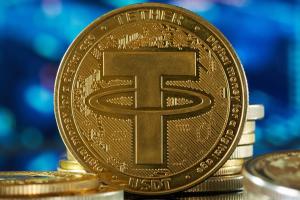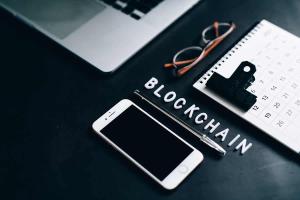 11, Nov
11, Nov
How does crypto mining work?
Cryptocurrency mining is a complex process that requires sophisticated technical skills. But how exactly does it work? Here are the basic steps for using mining to process a pool of cryptocurrency transactions:
- Transactions are pooled for verification. New cryptocurrency transactions, initiated but not yet complete, are grouped into what miners call a pool. Each transaction consists of information about the transaction itself plus a transaction processing fee.
- Unverified transactions are bundled into a block. Miners bundle together some or all of these unverified transactions to form a block. If many transactions are pooled and awaiting verification, miners may prioritize the transactions based on transaction size, transaction age, or the associated processing fee.
- Miners race to solve a complex math puzzle. With a block assembled, the race to mine this new block officially begins. Miners use powerful computing hardware to solve a complex puzzle, which requires finding a specific number—a nonce—that produces a hash when combined with the block’s data.
- The fastest miner broadcasts the puzzle’s solution. The first miner to find the correct nonce and create a valid hash then broadcasts that hash to the blockchain network. Being the first to broadcast a valid hash is a lot like a gold miner shouting “Eureka!” during the California Gold Rush of the 1800s.
- Other miners verify the solution’s accuracy. The next step is for other miners in the blockchain network to verify the accuracy of the broadcasted hash. Consensus about accuracy is achieved once enough miners—as defined by the rules of the blockchain protocol—confirm that the solution is correct.
- A new block is added to the blockchain. The miner who first broadcasted the correct hash processes the transactions in the block, resulting in a new block being added to the blockchain. At the time that the new block is added, all of the block’s transactions are officially confirmed. New digital tokens may also be minted, depending on how the blockchain protocol operates.
- Mining rewards are distributed. The miner who added the new block to the chain is eligible to receive rewards, which are promptly distributed after the block is added. Rewards may consist of the transaction fees and any newly minted tokens.




